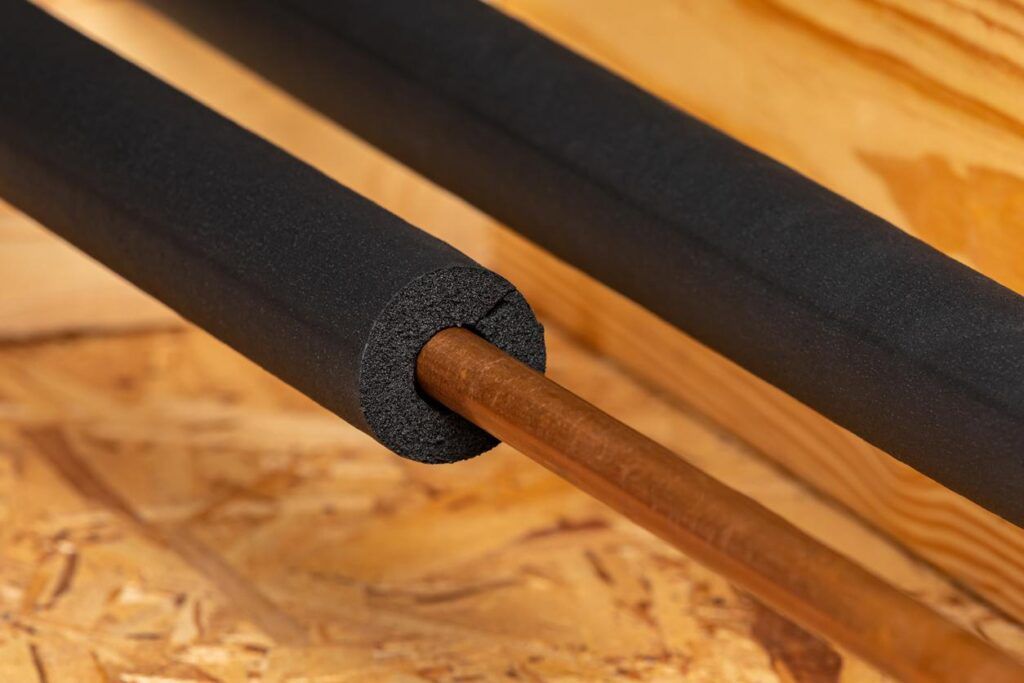Signs You Need a New Water Heater
From Liberty Plumbing – How to Know When to Replace Your Water Heater
It may surprise you to know that the average person uses warm or hot water about 20 times a day, and frankly, that warm water is a luxury that most of us take for granted. Properly serviced and maintained, a traditional tank water heater should last somewhere between 8 to 12 years. If yours has entered the upper end of that age span, you may want to start thinking about replacing it, even if it still seems to be operating efficiently.
But how do you know when replacement is the right thing to do? To help you prepare for that eventual need, here are some things to watch for, signs that your hot water heater is nearing the end of its useful lifespan and the time to replace it is near.
The age of the heater
Every component in your home has an expected lifespan, including your water heater. As we said, the average lifespan of a traditional tank heater is about 8 to 12 years, and if yours has reached the ten-year mark, there’s a pretty good chance your older water heater is operating on borrowed time and probably will need to be replaced in the near future.
Cloudy or rusty water
Discolored water coming out of your hot water taps could have a number of causes. It may be caused by corrosion on the heating elements of your heater. Before concluding that the discolored water is the fault of your heater, turn off the hot water taps and run nothing but cold water.
If you’re still getting discolored water that means the problem most likely is in your plumbing, not in the water heater. If the cold water runs clear, however, and you get discolored water only when you open the hot water taps, that probably means you need a new heater.
Loud noises from the heater
When your water heater is operating, it will make a little noise, but the noise should be minimal. Loud knocking or gurgling noises indicate a problem that might be resolved by draining the sediment that has accumulated in the bottom of the tank. But if the noises continue, you need a new heater.
A short water supply
Most of us don’t like a cold shower, and there could be several things causing the hot water supply to suddenly run out. Maybe the size of your family has grown and the old tank isn’t large enough to meet the expanded need for hot water.
On the other hand, sediment collecting and building up in the bottom of the tank, in effect, reduces the size of your tank and the supply of hot water. The collection of sediment also makes it more difficult for the heating element to warm the water.
Draining and flushing the tank may fix the supply problem, but if you’re dealing with a significant buildup of sediment in an older heater, replacement is probably your better option.

Water heater leaks
If you find water pooling around the base of your water heater, the problem may be nothing more than a loose connection that needs to be tightened or repaired. But if it’s something more serious, like a leaking tank, replacement is the only realistic solution.
It’s also important to note that a leaking water heater can still produce hot water for your family. So even if you’re getting an adequate supply of hot water, it’s still a good idea to check your heater from time to time for a potential water leak that could damage your home.
Water Heater Services from Liberty Plumbing
Whatever your water heater needs may be – maintenance, water heater repair, or replacement – our licensed plumbers can provide that service for you. If replacement is in order, we can offer you a selection of traditional tank water heaters or a tankless water heater that produces an endless supply of hot water on demand.
When you need us, we’re here for you at Liberty Plumbing. For the highest quality water heater services available in Conyers, contact us at Liberty Plumbing today!
The post Signs You Need a New Water Heater appeared first on Liberty Plumbing.
You might also like




